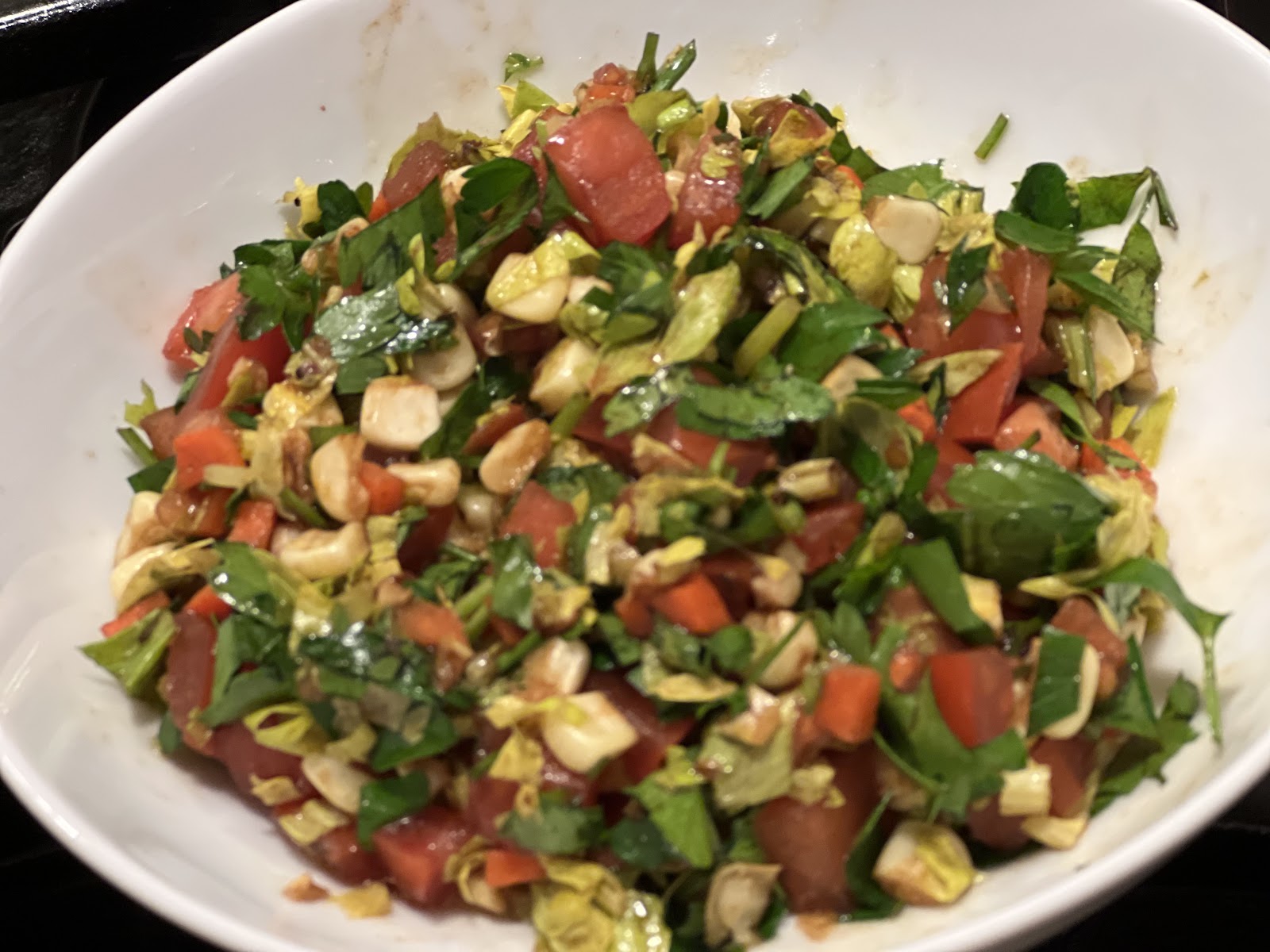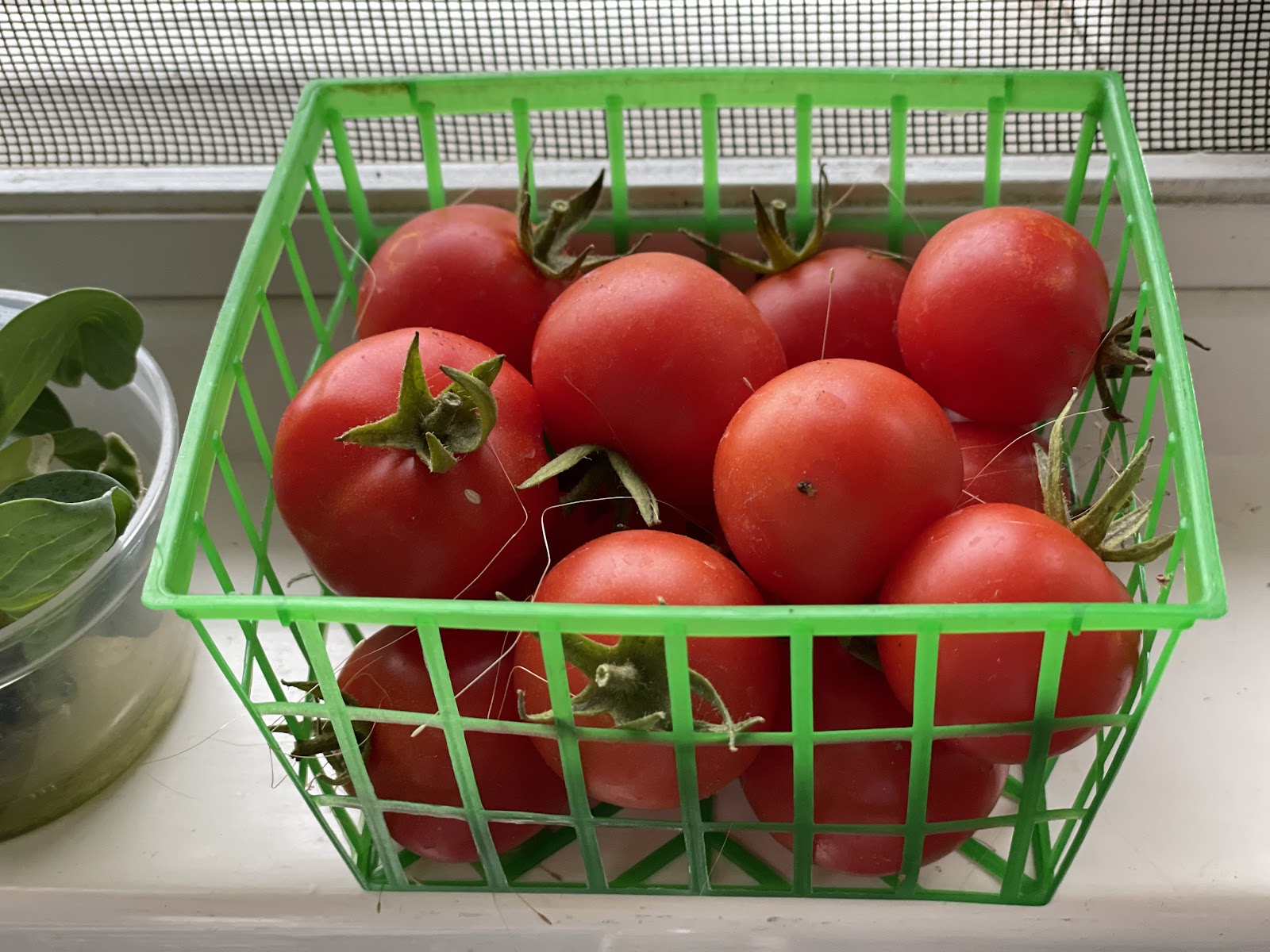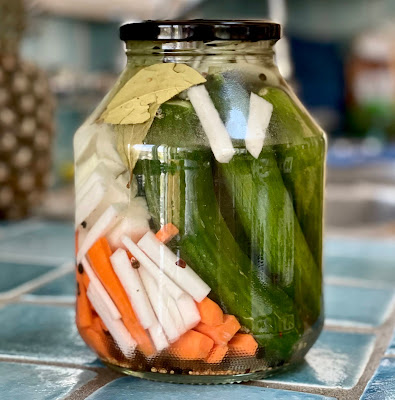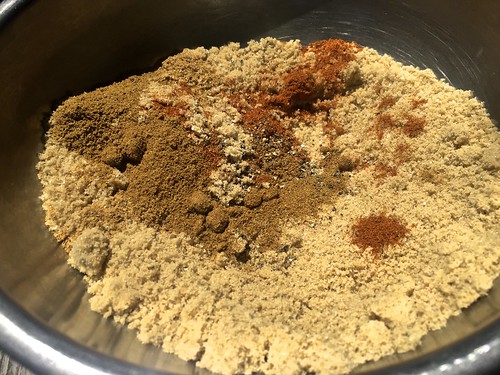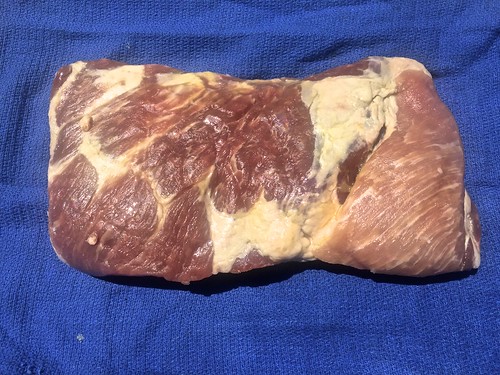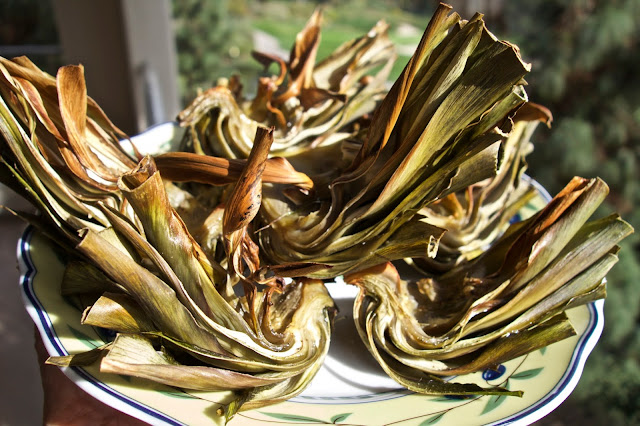I wrote this post several years ago as a tribute to how much we enjoy the 4th of July and how much we enjoy a picnic with our friends. Happily we'll be enjoying the evening all over again in a few days. Life is good. Very good.
The serious underpinning of 4th of July should never be forgotten. In these perilous times we have good reasons to appreciate our good fortune as we celebrate independence, freedom, and the pursuit of happiness.
For us, our day is spent going to the breakfast 5k in Pacific Palisades, our small town overlooking the Pacific Ocean. After lunch we cheer on the parade that slowly winds its way up main street, then we go home and cook our part of the pot-luck picnic dinner.
At 6:30 we gather in the nearby park, meeting up with friends and family as we eat, talk, and wait until night falls when the fireworks at the high school begin.
We contribute favorite picnic dishes to the pot luck. Nothing could be better on the 4th than crunchy-salty, rosemary fried chicken, sweet carrot salad with the added kick of lemon soaked raisins and a bit of cayenne, and the comforting creaminess of Yukon Gold potato salad.
Rosemary Fried Chicken
Yield: 4 servings
Time: 45 minutes to prepare, marinate the chicken overnight in buttermilk
Ingredients

2 whole chickens, washed,
cut apart, skin removed if desired, wing tips, bones, and skin reserved to make chicken stock
1 quart buttermilk
5 cups flour
1 tablespoon sea salt
1 tablespoon pepper
1/4 cup finely chopped fresh rosemary leaves
1/4 teaspoon cayenne pepper (optional)
1/4 teaspoon sugar (optional)
1/4 cup finely chopped yellow onion (optional)
2 tablespoons olive oil
2 quarts safflower or canola oil
Method
When you cut up the chicken, separate the two parts of the wing and cut the breast meat off the bone. Keep or discard the skin as you wish. The breasts can be left whole but will cook more evenly when cut into strips or tenders. The legs and thighs can be cut in half if you have a heavy chef's knife.
Toss the chicken pieces with olive oil and season with sea salt and pepper. Put the pieces in a container, add the buttermilk, 1 tablespoon of the rosemary, stir, cover, and refrigerate overnight.

Using a wok or deep frying pan, heat the cooking oil to 325 - 350 degrees or until a piece of parsley browns immediately when dropped in the oil. Before you begin cooking, prepare your counter. Have a slotted spoon or an
Asian style strainer ready. Lay two paper towels on top of a piece of brown grocery bag paper on a large plate.
Reserve 1 teaspoon of the rosemary to use just before serving.
In a brown paper bag mix together the flour, sea salt, pepper, rosemary, cayenne (optional), sugar (optional), and onions (optional). Remove one piece of chicken at a time. Shake off the excess buttermilk, drop the piece into the paper bag with the seasoned flour, close the top of the bag, and shake. Repeat with all the pieces, assembling them on a plate or cutting board.
Cook the chicken in batches. Gently drop each piece into the hot oil, making sure it doesn't touch the other pieces so each one cooks evenly.
Turn over when browned on one side. Remove when golden brown and drain on the paper towels. The pieces will cook quickly: chicken tenders (breast) 2-3 minutes; wings 7-8 minutes; thighs & legs 10-12 minutes.
Just before serving, lightly dust the chicken pieces with 1 teaspoon of rosemary, sea salt and pepper.
If you are making deep fried vegetables like onion rings or broccoli florets, they cook even more quickly: thick rings cook in 30 seconds, thin rings in 5-6 seconds; broccoli in 30 seconds. Soak the vegetables in the seasoned buttermilk for a few minutes, then process like the chicken pieces.
Carrot Salad with Lemon-Soaked Raisins
Yield 6-8 (makes 1 quart)
Time 20 minutes

8 large carrots (preferably farmers' market fresh), washed, peeled,

ends trimmed off
1 scallion (optional), finely chopped
1 small bunch Italian parsley, washed, dried, stems trimmed, finely chopped
2 tablespoons golden raisins
2 tablespoons lemon juice
1/2 teaspoon cumin
Pinch of cayenne
Sea salt and pepper
1/2 cup mayonnaise

Soak the raisins in lemon juice and 1/4 teaspoon black pepper at least 30 minutes, preferably overnight Grate the carrots in a large mixing bowl.
Roughly chop the raisins, reserving the lemon juice not absorbed into the raisins. Mix together the carrots, raisins, parsley, and scallions.
Season with the cumin, cayenne, sea salt, and black pepper and toss. Add the lemon juice and mayonnaise. Mix well.
VariationsUse cilantro instead of Italian parsley
Add chopped capers
Top with roasted chopped almonds
Yukon Gold Potato Salad
 Yield
Yield: 4-6 servings
Time: 60 minutes
Ingredients
2 pounds potatoes, preferably Yukon Gold, washed
1 tablespoon Kosher salt
3 quarts water
1 scallion, washed, ends trimmed, finely chopped
1 carrot, washed, peeled, ends removed, grated
1 ear of corn or 1/2 cup corn kernels
2 tablespoons olives, preferably Kalamata or cracked green, pitted, finely chopped
1 tablespoon capers, drained, finely chopped
2-3 tablespoons mayonnaise
Sea salt and pepper
Method
Put the potatoes, kosher salt, and water into a pot, bring to a gentle boil, and cover. Cook 30-45 minutes. Be careful not to overcook the potatoes. They should be firm, not mushy.
The potatoes are done when a fork goes in easily. Remove from the salted water. Let cool. Peel off the skins.
Grill an ear of corn and cut up carrot seasoned with olive oil, sea salt and pepper. Cut the kernels off the cob, finely chop the carrot and add to the potato salad along with the chopped scallions, olives, capers, and mayonnaise.
Taste and adjust the seasoning with sea salt and pepper.
Variations
Add 1/4 cup finely chopped Italian parsley, leaves only.
Add 1/4 cup finely chopped fresh celery.
Add 1 broccoli floret either grilled or lightly sauteed then finely chopped
